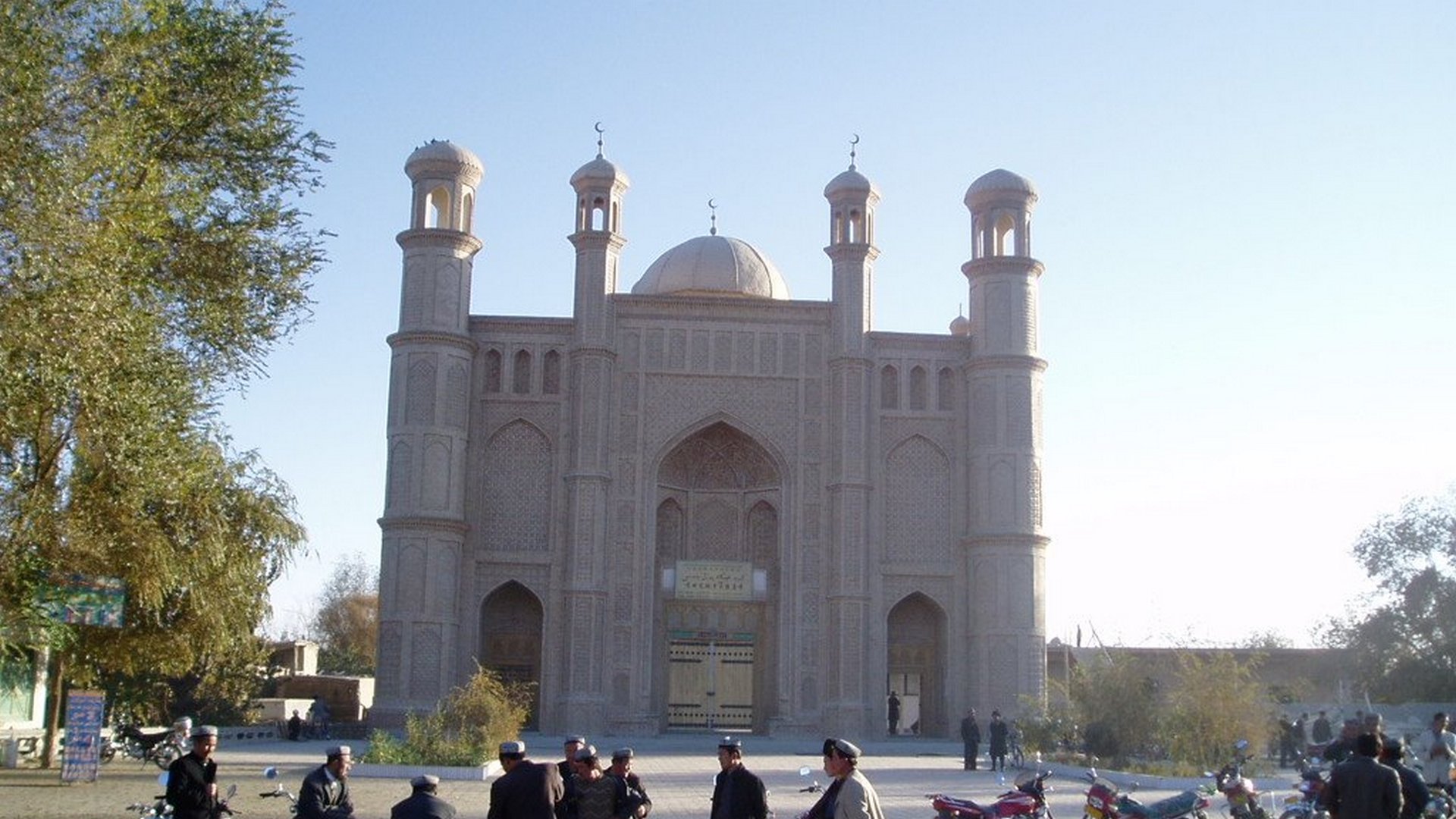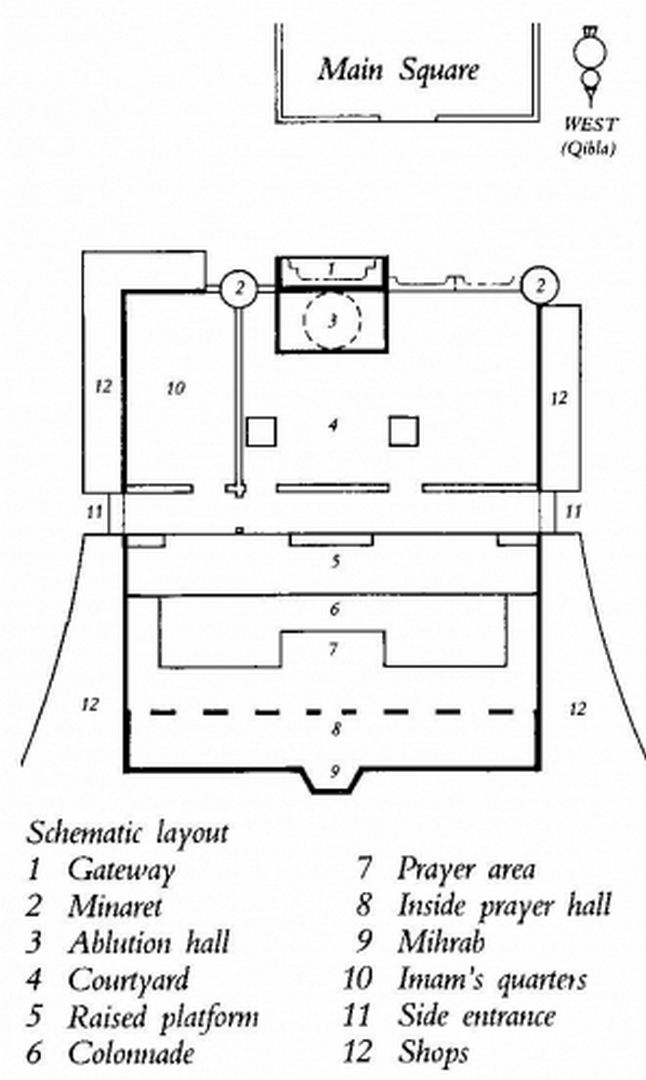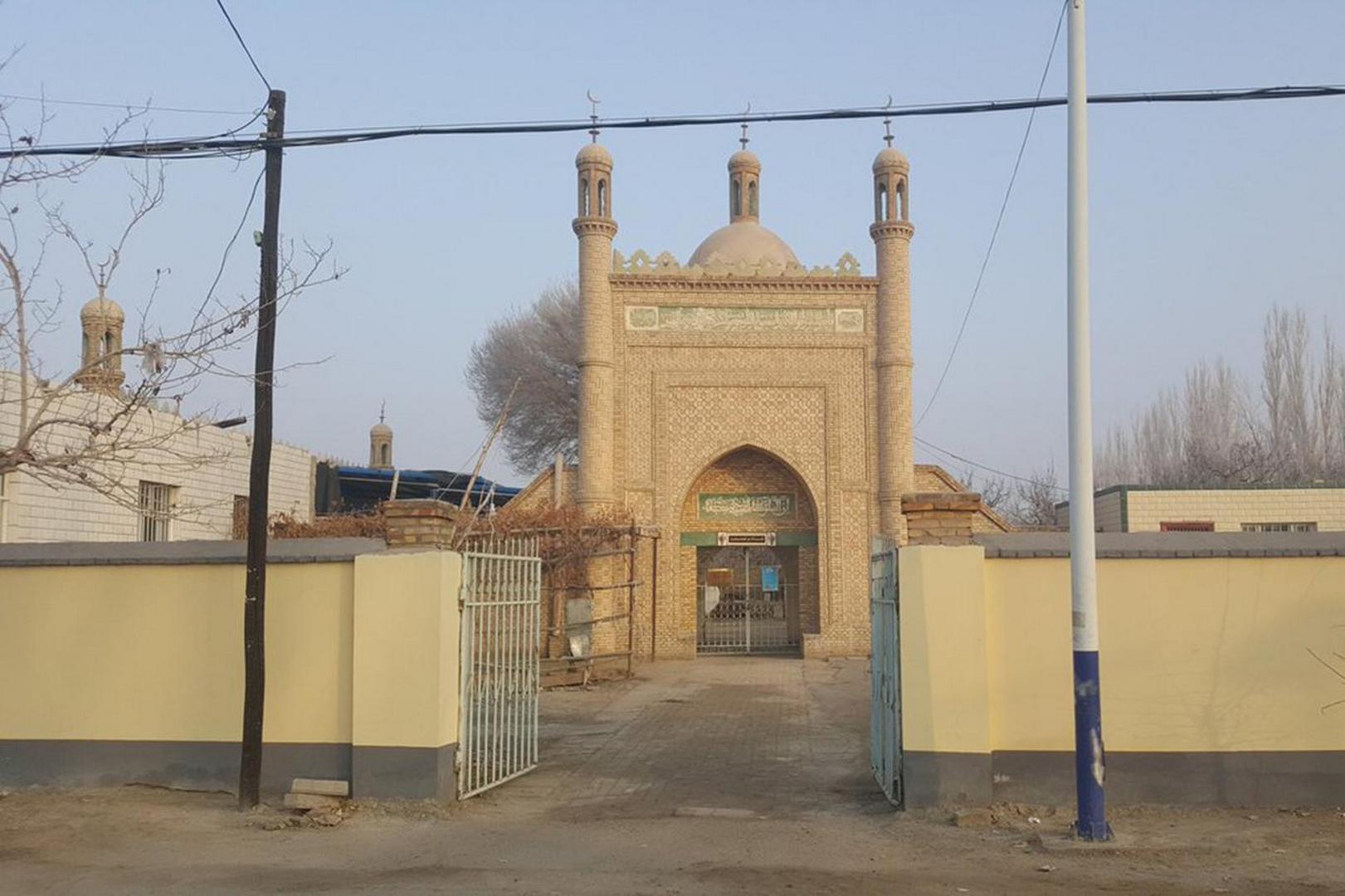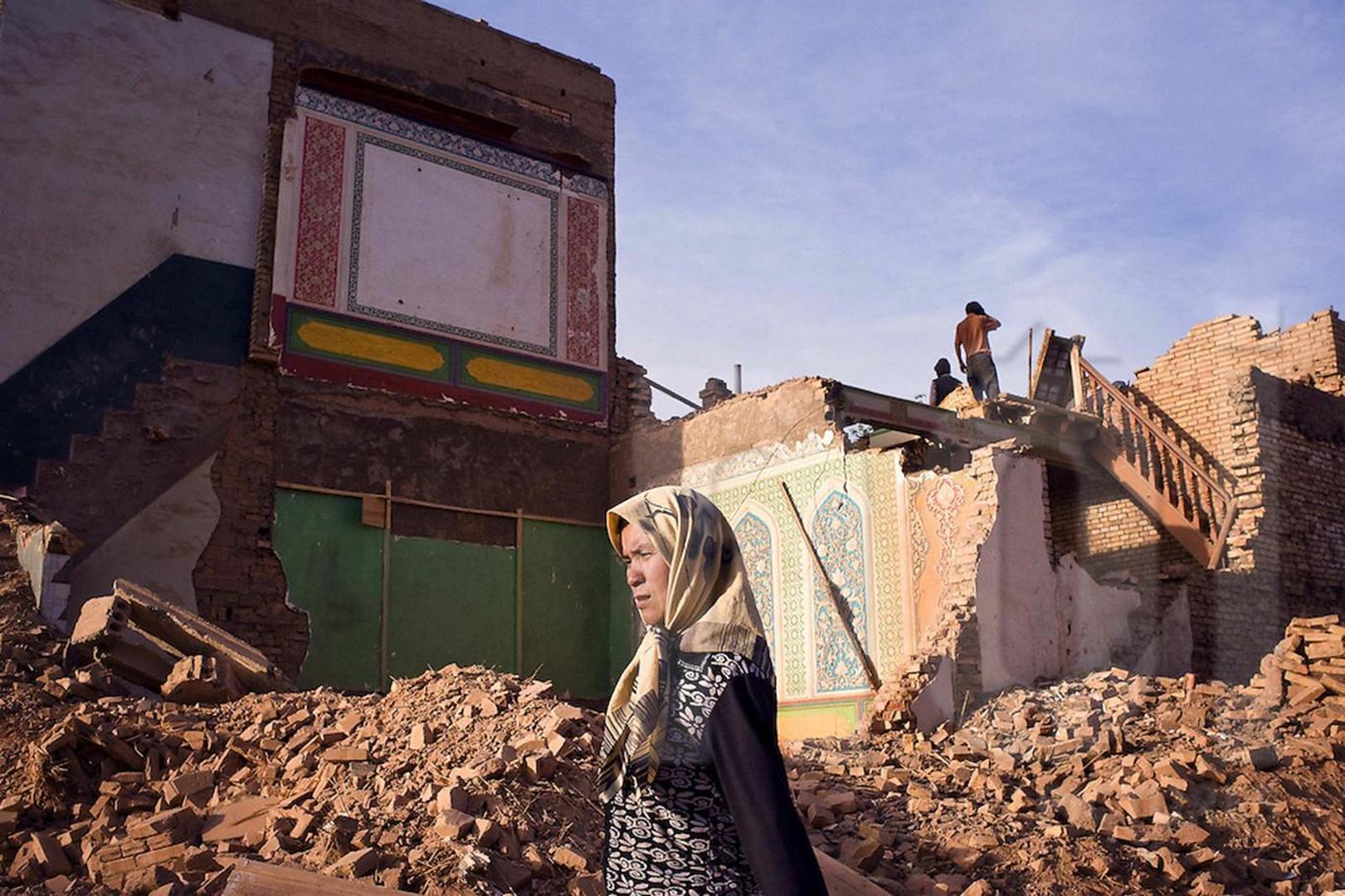Description
Property Name: Atikar Mosque
Inventory No: 86-998-2
Date of infill of the inventory form: 2009-07-28
Country (State party): China
Province: Xinjiang
Town: Kashgar
Geographic coordinates: 39° 28′ 20.41″ N
75° 59′ 6.72″ E
Historic Period: 15th century, 1st half
Year of Construction: 1426, rebuilt in 19th c.
Style: Karakhanid
Original Use: Mosque
Current Use: Mosque
Architect: Unknown
Significance
1442 dated Aitika Mosque, also known as Id Kah is an important figure for Xinjiang, China as it takes place at the heart of Kashar. Shakesimirzha, the ruler of Kashar have built this mosque on foundations of previous structures dating back to the 8th century. This monument is evidence to the introduction of Islam to Xinjiang province. This mosque structure cover 16.800 m2, having a capacity of 10.000 prayers which makes this mosque the biggest one within China’s borders. As the name Id Kah refers, the place is a praying and celebrating area where many people gather, especially on religious days. During praying times, the mosque and the square surrounding the mosque get very crowded by worshippers. The monument is significant with its old Islamic constructions with strong religious features and authentic style. The façade, facing the Id Kah Square is a noticeable element with dominating yellow and white tiling, varied by blues and greens. With its minarets on the sides of the façade, this mosque is a typical Islamic architectural building belonging to Xinjiang style. Inside, open air praying areas and the huge courtyard provide a comfortable and peaceful atmosphere But the importance of this place is not just because of its long history and construction features, but also because of its atmosphere and power that brings a great majority of worshippers altogether.
Selection Criteria
iv. to be an outstanding example of a type of building, architectural or technological ensemble or landscape which illustrates (a) significant stage(s) in human history
v. to be an outstanding example of a traditional human settlement, land-use, or sea-use which is representative of a culture (or cultures), or human interaction with the environment especially when it has become vulnerable under the impact of irreversible change
vi. to be directly or tangibly associated with events or living traditions, with ideas, or with beliefs, with artistic and literary works of outstanding universal significance
State of Preservation
As the mosque was first founded in 1442 A.D., it has been repaired many times ever since. It is known that the structure had an intervention in the 19th century and was partly rebuilt. Today the layout and most of the built structure date to the 19th century. However, as the Xinjiang Uighur Autonomous Region was established in 1955, the mosque had a complete renovation. It was introduced as the Regional Protection Site of Historic Relics, by the regional government in 1962. In 1983 a fund was occurred by the state for further renovations, resulting by the building of a public bath and a washroom for other religious activities. In 1994, 23 rooms and 53 shop stores were built for the upkeep of the mosque. In 1999, the mosque was under a big scaled renovation. Later on, on 25th of July, in 2001, Aitika Mosque was declared as the State Protection Site of Historical Relics.
Today the Historic Keriya Aitika Mosque, which dates back to 1237 in the city of Hotan, was unfortunately destroyed by the Chinese government. At present, there is not extensive and in good information about the Mosque due to the Chinese media. More than 800-year history, disappeared in early 2018 despite selected as Chinese architectural heritage in late 2017
References
Michell, George; Vicziany, Marika; Gollings, John; Yen HuOasis, Tsui City. Oasis City on China’s Old Silk Road, Frances Lincoln ltd., 2008
Chang, Jing Qi. Islamic Architecture in China. In The Changing Rural Habitat; Volume 2 : Background Papers. Brian Brace Taylor (ed). Singapore: Concept Media/The Aga Khan Award for Architecture. 1982.
Dazhang, Sun. 2003. Ancient Chinese Architecture: Islamic Buildings. New York: Springer-Verlag/Wien, 121.
Archnet website: http://www.archnet.org







